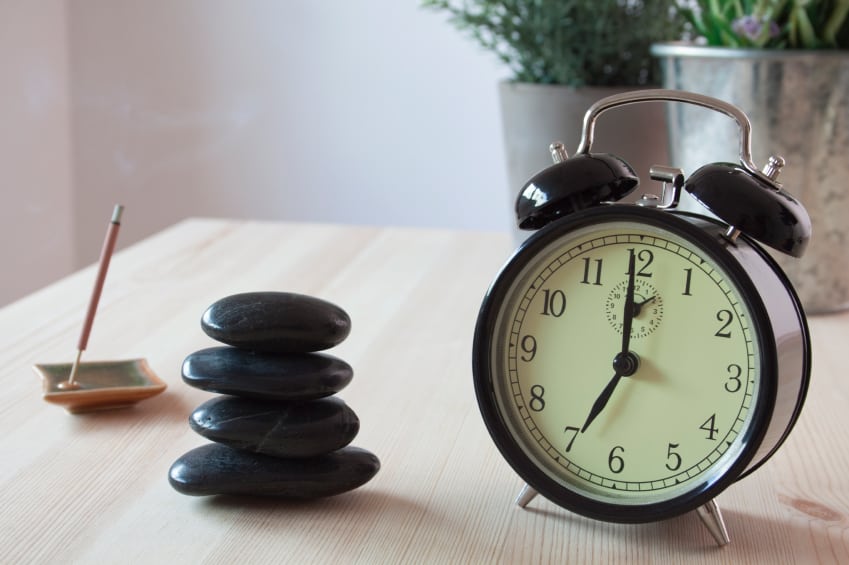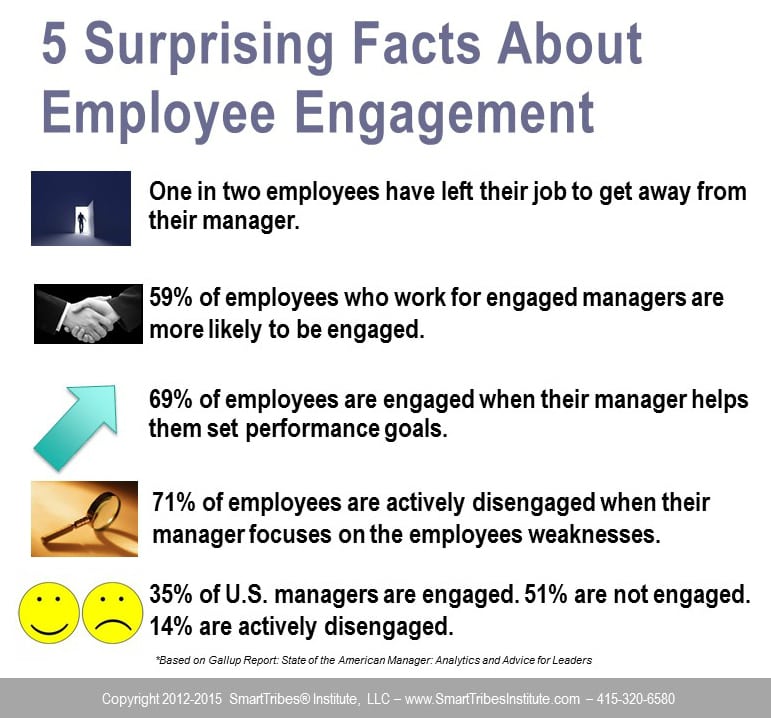Get Behavior Change That Lasts Using Neuroscience
This blog article is about getting behavior change that lasts. In my previous blog, “How Humans Experience The World” we analyzed human behavior and the structure of how it happens. Here’s a quick recap:
Vs + As = Ks -> Beliefs -> Identity (beliefs about self) = Behavior
The Vs (visuals or pictures we see or make up inside) and As (auditory or sounds we hear inside or outside of ourselves) create a human experience that leads to certain feelings, or kinesthetic (Ks in neuro-shorthand) responses. From these Vs, As, and the generated Ks, we make meaning and formulate or recall beliefs (decisions) about the world, other people, situations and about ourselves. Beliefs about ourselves are called identity.
Now let’s add another layer and understand how these beliefs and our identity then translate into everyday behavior. How an external trigger generates an internal positive or negative response (K+ or K- generating or reminding us of a belief–often outside of our awareness) that leads to a behavior routine (the behavior sequence that then occurs post trigger to manage the K+ or K-) in order to get a reward (a better K.) The reward might be simply that a negative feeling stops or is lessened (think about reaching for that 5th giant cookie you don’t need) or it might be that the reward is something we really do want—maybe the job is done, and done well.
Our beliefs about the world, others, situations and ourselves drive our behavior. So basically a behavior fires off a new or repeat sequence of Vs and As which generate Ks and the process repeats.
Increasing Our Behavior Options—and Making Better Choices
It’s essential to note that a human will always, always choose the best feeling available. If there isn’t a good feeling (K+) a human will choose the behavior with the least bad K. So when a person does something that appears to be painful to themselves, it’s actually the best option available to them. Other choices with better feelings, more positive beliefs, just aren’t available in that context.
So how do we get better options, how do we expand our menu of choices? This is what neuroscience-based leadership and culture coaching is all about.
Let’s look at how habitual behaviors are formed.
Andrew is SVP of Product Development at a mid-sized high tech firm. He wants to respond from choice, versus react, when people at his firm change his product plans. Here’s what used to happen:
Old Behavior Pattern (reaction):
Trigger: Andrew’s plan or expected result is changed by others at his company. In neuro shorthand this might look something like:
Receives e-mail describing changes (external V), + internal As of self-talk “my work is not valuable” = leads to K- of disappointment
Routine: He feels the disappointment, runs more internal Vs and As of his dad asking him to make plans then constantly changing them, then feels powerless, which spirals into feeling helpless (more Vs and As outside of his awareness generating more negative Ks and propelling him into self-talk of “I’m useless”…so he gives up, goes outside to have a cigarette and numbs the K- (best choice, best K available.) Now no one will get great work from Andrew—he is shut down.
Reward: This behavior pattern reinforces a recurring pattern in Andrew’s life, so he is actually invested in continuing it since it has shaped his identity. He knows he can survive it because he has survived many similar experiences. The reward is he gets to stay safe, withdraw and not take responsibility for what happens next. Now it’s somebody else’s decision, not his. (Beliefs and identity are all over this!)
Routines and Rewards don’t always feel good… but they do always feel familiar to our creature neurology. That’s why we repeat them—because they are the best K option we have once the Trigger event occurs. And when Triggers are outside of us, they are out of our control.
You’ll remember my blog on the truth about how your brain gets smarter, where we talked about how to create new neural pathways to support and reinforce positive behavior change. Let’s de-couple the structure of Andrew’s experience first, and use metacognition (thinking about thinking) to map out a new behavior choice.
 New Behavior Pattern (responding from choice):
New Behavior Pattern (responding from choice):
Trigger: Andrew’s plan or expected result is changed by others at his company (Vs, As are here)
NEW Routine: Andrew notices the Trigger and gets curious, using the kinesthetic anchor we set during an executive coaching session. Now he has a new K that feels better, so his creature neurology launches the new Routine. With Andrew’s new behavior of curiosity he seeks more information from others. He reaches out to whomever is trying to change the plan, to learn what they would like and why they want the changes. (Notice the new Ks, beliefs and identity arising here…)
NEW Reward: Andrew feels (more good Ks) strong, clear, and now has a sense of understanding what the “plan editor” wants, so they can collaborate on a solution. He also has a positive feeling of being understood and is proud of his ability to choose his behavior (more good Ks, beliefs, identity.)
Wow. Whoa. So what does this all mean?
We can recall, replicate, generate experiences for ourselves and others by creating more compelling structures that have better Ks (feelings) and foster more expansive and positive beliefs and identity. How can you apply this to your and other’s behavior? How can you use this learning to craft your company’s or product’s brand experience?
What Triggers set off Routines and Rewards in your life? What behaviors would you like to change? Let’s discuss…





